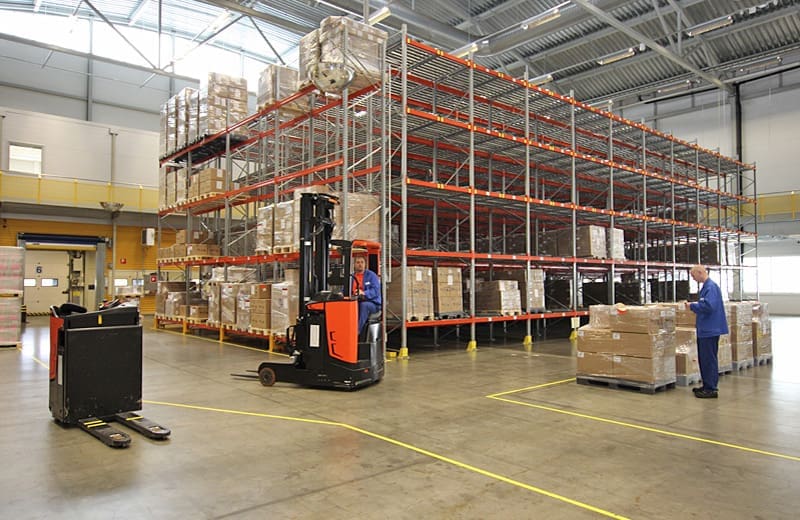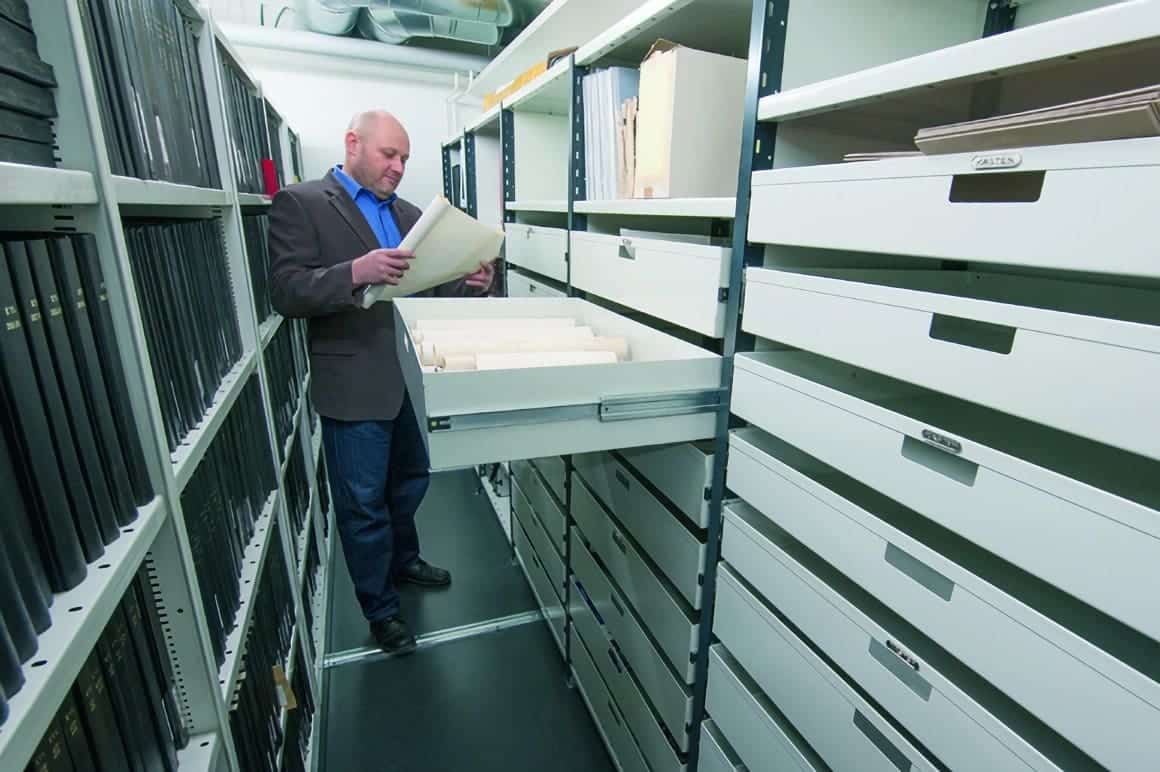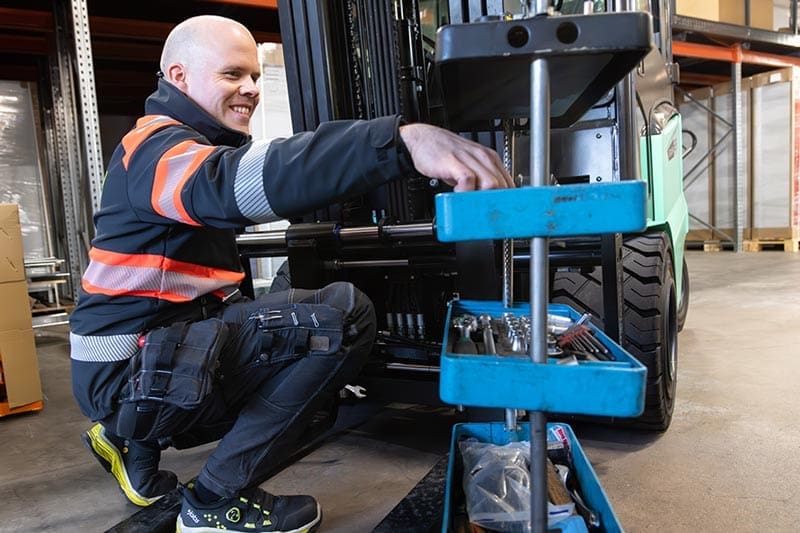Control room chairs are built for intensive, round‑the‑clock use. They combine firm, adjustable support with durable materials so every operator can sit comfortably through long shifts. With easy seat‑height and depth adjustment, back‑tilt, and optional headrest and armrest settings, each user can adopt a stable posture that reduces fatigue and strain over time.
For facilities such as CCTV, security, dispatch and process control, a 24‑hour chair offers the reliability that ordinary office seating cannot. Heavy‑duty mechanisms, reinforced frames and hard‑wearing upholstery with high Martindale ratings keep the chair performing shift after shift.
If you need seating that supports productivity and wellbeing in demanding environments, choose a control room chair designed for 24/7 operation. It delivers ergonomic adjustability, tested durability and the day‑to‑day practicality required by multi‑user workstations.

Storage and shop furniture
The furnishing concept of Motonet's headquarters and Finland's largest automotive accessories store is practical and durable.

Shelving, Racking and Forklifts
The forklift, automated storage, and furniture solutions for Orion's pharmaceutical packaging and logistics facility in Salo were customized specifically to meet the customer’s needs.

Archive and storage shelving
The University of Turku Library has been modernized, including its material storage facilities

Whatever your needs, we’re always happy to help. Our knowledgeable sales team is here for you—together we’ll figure out how to make your warehouse more functional, safer, and efficient. We can even join you early on, right from the planning stage if you’d like.
In control rooms, security suites and emergency dispatch centres, chairs are occupied throughout the day and night by multiple users. A control room chair is engineered for this duty cycle. In short, it is a heavy‑duty office chair built for continuous service. Compared with standard office models, it prioritises robust mechanisms, intuitive adjustment and long‑lasting comfort to keep operators focused.
Ergonomics matters when the task requires constant vigilance. Look for a chair that offers a wide adjustment range: seat height, seat depth, back‑tilt with tension control, adjustable lumbar support and height‑adjustable armrests. A supportive headrest can help reduce neck load during screen‑based monitoring. These controls allow each operator to fine‑tune the chair quickly at shift handover and maintain a neutral posture.
Intensive environments demand components that resist wear. Heavy‑duty chair bases and reinforced frames, 24‑hour‑rated mechanisms and upholstery with a high Martindale rub rating are all indicators that the chair is built for continuous use. For fabrics, the Martindale test measures abrasion resistance.
Standard office chairs are intended for one user and a typical daytime schedule. In contrast, a 24‑hour control room chair is purpose‑built for shift work, with components tested for continuous operation and for repeated adjustments by different users.
Monitoring tasks demand concentration. Firm, supportive seat foam that resists bottoming‑out, a high backrest with defined lumbar area and a back‑tilt that moves smoothly all help operators maintain attention across long stretches. For screens positioned at varying angles, a headrest can relieve neck tension and encourage a neutral gaze. These elements work together so the chair supports the work.
Tuijussuontie 6
21280 Raisio, FINLAND
View on map »